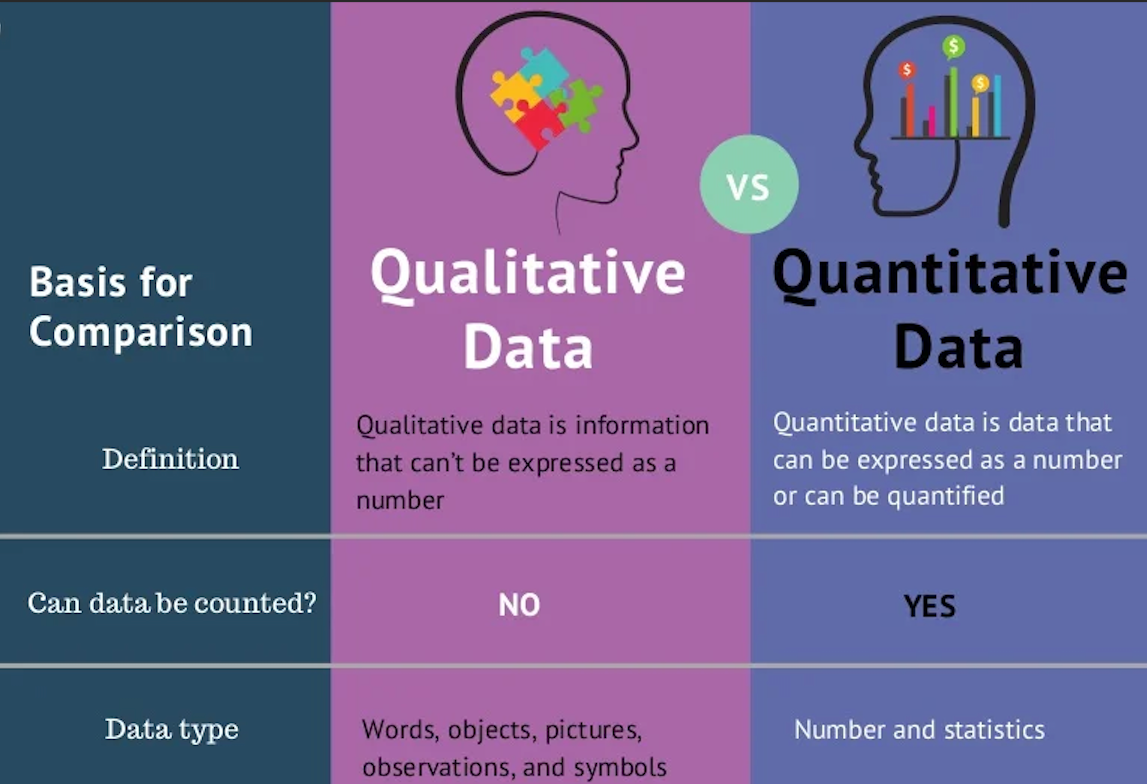C-Suite Guide: Why Attribution Models Are Failing Us
Marketing attribution models were designed to answer a simple question: What’s working? But these days, the answer is rarely simple, and neither are the paths buyers take to get to your product.
Executives rely on attribution data to guide strategic decisions, allocate budget, and defend ROI. The problem is that most marketing attribution models don’t reflect how buyers actually behave. They miss key touchpoints, ignore offline engagement, and reward what’s trackable instead of what’s impactful.
This article breaks down why attribution models are falling short and what the C-suite can do to rethink measurement and drive smarter growth.
Quick Takeaways
- Marketing attribution models were built for simpler funnels, not the multi-touch, multi-stakeholder journeys common in B2B today.
- Most models over-credit easy-to-track channels while undervaluing offline and unmeasurable touchpoints like events, referrals, and dark social.
- Relying solely on attribution data can misguide executive decisions, leading to misallocated budgets and misaligned strategies.
- A better approach combines quantitative attribution with qualitative insight, including customer feedback and sales input.
- The C-suite should shift focus from strict attribution to broader contribution, aligning KPIs with actual buying behavior, not just what’s trackable.
What Marketing Attribution Models Aim to Do
Attribution models are frameworks that assign credit to various touchpoints in a buyer’s journey, whether it’s a blog visit, paid ad click, or demo request.
Here are some of the most common models:
- First-click: 100% of credit goes to the first interaction
- Last-click: Credit goes to the final action before conversion
- Linear: Equal credit across all touchpoints
- Time decay: Touchpoints closer to conversion get more credit
- U-shaped/W-shaped: Combines first, last, and key mid-funnel actions
- Algorithmic: Uses machine learning to assign credit based on patterns in historical conversion data
These models aim to help teams evaluate what’s driving pipeline and revenue so they can invest accordingly. But the assumptions behind them don’t hold up in practice.
The Problem With Today’s Attribution Models
They Oversimplify Complex Buyer Journeys
Modern buying isn’t linear. In B2B, deals often involve multiple decision-makers, cross-channel engagement, and months of research. A buyer might read a LinkedIn post, attend a webinar, download a whitepaper, and speak to a sales rep, all before clicking a tracked CTA.
No single-touch or rule-based model can account for that kind of journey. The result is oversimplified data that distorts how influence really works.
They Ignore Offline and Untrackable Engagement
Executives frequently rely on dashboards that leave out high-impact but hard-to-measure tactics. Conversations at events, podcast mentions, peer referrals, dark social posts—these don’t show up in your CRM.
This creates a blind spot: attribution reports ignore key drivers of intent, making it look like all pipeline comes from paid search or email nurture, even when that’s not the case.
They Overemphasize Measurable Channels
Because attribution models prioritize what’s easy to track, they tend to over-credit performance channels like Google Ads and under-credit things like brand awareness, community-building, and organic engagement.
That skews executive decision-making toward short-term wins and away from long-term growth drivers.
Why This Should Concern the C-Suite
Flawed attribution leads to flawed strategy. If your model underrepresents a channel’s contribution, your budget allocations, campaign planning, and team resourcing will all be off.
This affects:
- CMOs, who may be forced to prove ROI using metrics that don’t reflect real buyer behavior.
- CROs, who depend on accurate data to guide sales strategy and territory planning.
- CFOs, who expect predictable outcomes tied to marketing investment.
Misaligned attribution also causes friction across go-to-market teams. Marketing might insist content is influencing deals. Sales might push back because they don’t see it reflected in attribution. Both could be right, but the model isn’t built to show it.
A Smarter Way to Think About Attribution
Shift From Attribution to Contribution
Instead of trying to divide up credit in neat percentages, focus on understanding contribution. What role did each channel play in advancing the buyer? How did each asset or touchpoint help build trust, drive urgency, or deepen education?
This mindset shift helps teams make better decisions based on impact, not just visibility.
Layer Quantitative + Qualitative Insights
Attribution dashboards tell part of the story. To fill in the rest, combine your data with buyer interviews, sales feedback, and self-reported attribution.

Ask closed-won customers how they first heard about you. Review Gong or Chorus calls for references to campaigns or content. Build feedback loops that bring qualitative context into your pipeline analysis.
Embrace Holistic Funnel Metrics
Rather than obsessing over individual touchpoint credit, evaluate broader indicators of marketing success:
- Deal velocity by channel
- Lead-to-opportunity conversion
- Campaign-influenced pipeline lift
- Branded search trends
- Self-reported attribution accuracy
This broader lens gives executives a more accurate view of what drives demand across the full funnel.
What the C-Suite Should Do Next
Here’s how executives can lead smarter attribution conversations:
- Recalibrate expectations. Attribution isn’t a perfect system. Accept its limits and use it alongside other indicators.
- Encourage investment in under-measured tactics. Long-term growth often comes from areas attribution can’t fully capture: thought leadership, brand affinity, and community trust.
- Align KPIs to real buying behavior. Reward influence, not just conversions. Track engagement depth, time-to-close, and pipeline quality alongside basic click metrics.
- Foster cross-functional reporting. Marketing, sales, and finance should collaborate on shared definitions of success backed by data, but grounded in customer insight.
Build Smarter Growth Strategies Today with Televerde
Marketing attribution models still serve a purpose. They offer directional insight into what’s working and where resources are being used. But they’re not absolute. They weren’t designed to explain every nuance of the modern B2B buyer journey.
Executives who treat attribution as gospel risk making high-stakes decisions on incomplete information. Instead, use attribution as a tool, not a verdict. Combine it with insight, context, and conversation.
The C-suite has the power to reshape how marketing impact is measured. That starts with understanding the limits and asking smarter questions.
Ready to get a clearer view of what’s actually driving the pipeline? Partner with Televerde to combine marketing attribution models with real buyer insights and build smarter growth strategies.


